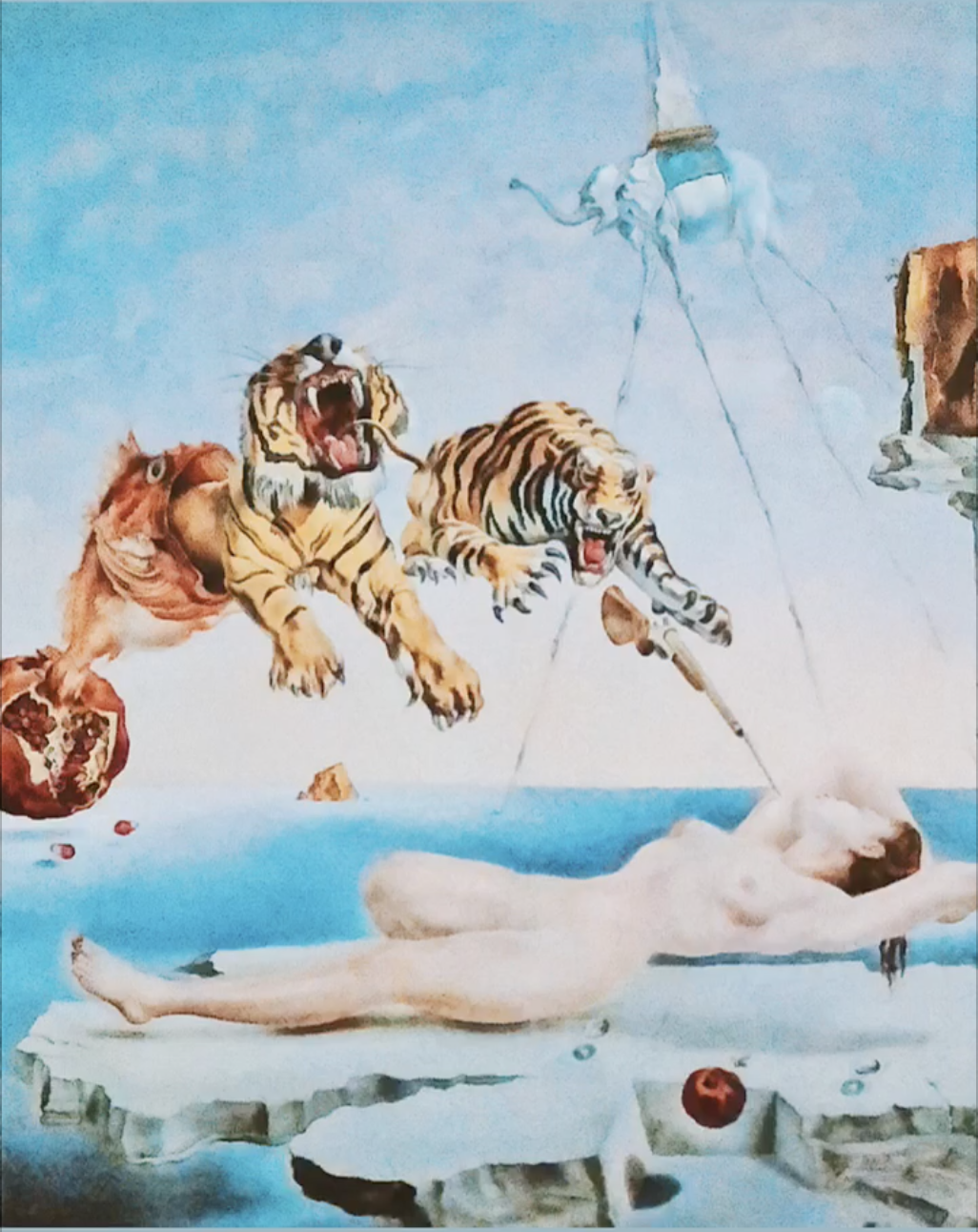In one of my art classes in college, my professor asked me to explain the meaning of what I’d created for an assignment. I told her that if I wanted to use words to express myself, I would have written an essay. But of course, if you would like someone to pay you for your art, you’d damn well better be able to explain it, at least until you get famous enough that other people can get paid to interpret your art for you.
And that’s why I didn’t pursue art as a profession.
Looking back over the 20 years since then, the common theme in my art is not having the words to express, and sublimating those ideas and emotions directly into images. My techniques revolve around various forms of found objects: of course photography but also expanding into photomontage (gifmontage?), found negatives, and fashion.
Fashion may seem like a weird thing to include here, and the topic is often trivialized. Interest in fashion and makeup is most commonly associated with women and minorities with less of a voice, for which it becomes deeply meaningful to be able to express yourself through your appearance.
I started using Instagram stories to document my outfits in a non-serious or particularly permanent way, but really it was an escape from the intensity of twitter after the 2016 presidential election. Despite the decidedly trivial beginnings, the medium has evolved into something much deeper for me. I’ve come to think of it as my personal zine and the safest place to construct an identity in my increasingly fractured, tortured set of social networks.
Surrealism seeks to release the creative potential of the unconscious mind by embracing chance, which is exactly how I’d describe the process of finding the right stickers to add to an Instagram story. My technique is to start with a scene and first look for static objects I want to overlay with a gif. This uncovers the hidden life and desires of these elements, revealing an eerie carnival, a whimsical aloofness, sometimes a hint of sadness.
The next layer adds an overly literal juxtaposition of images. (aside: I also love overly literal playlists) So far example, if the scene has water, can I add something swimming in the water? Jumping into the water? Drinking the water? It’s very much a trial and error technique to find a gif that looks like it’s actually happening in the scene and fits the mood I’m looking for. The limitations of the tool breed creativity.
I usually represent myself as a skeleton. Not to be morbid, there just happen to be a lot of interesting skeleton gifs. But what appeals to me about them is that they’re the most basic representation of the human form, stripped of all pretense and vanity.
Combine all these layers and you get an image with a lot going on, way more than you can take in during the 3 seconds Instagram allows for gif loops over a static image. You can extend this time by making a cinemagraph, and as much as I love ruminating on a scene playing over and over again like quiet anxiety, less than 10 percent of people view my stories a second time. Maybe a few seconds is enough. Maybe it doesn’t matter.
I think what I’m trying to say is… I haven’t updated this blog in 5 years, and I probably won’t update it again soon. I hope you enjoy my stories.
